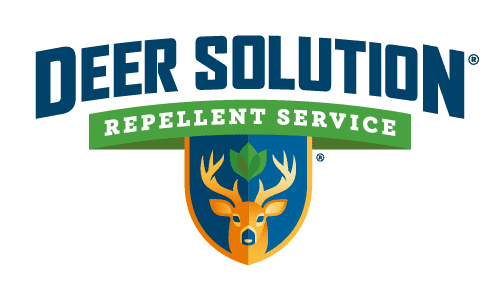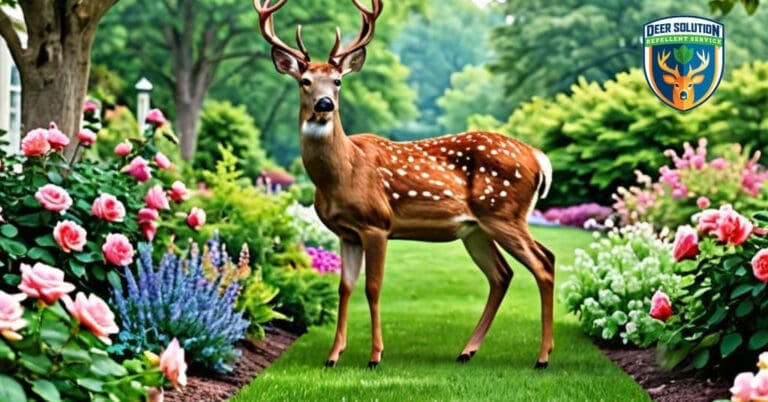Roses are a beloved garden staple, their fragrant blooms and lush foliage adding a touch of elegance to any landscape. However, for many homeowners, the question remains: do deer eat roses? The answer is a resounding yes – deer can and often do feast on rose bushes, leaving behind a trail of damage and disappointment.
Understanding the dietary habits of deer is crucial in protecting your precious roses. Deer are herbivores, meaning they primarily consume plant matter such as leaves, twigs, and buds. While they may seem selective in their grazing, deer will readily consume roses when given the opportunity. The tender new growth, buds, and even the canes of rose bushes are particularly appealing to these hungry herbivores.
The Delicate Balance of Nature
It’s important to recognize that deer are not malicious creatures; they are simply following their natural instincts to survive. In many areas, habitat loss and urban sprawl have pushed deer populations into closer proximity with residential areas, increasing the likelihood of encounters with our beloved gardens.
Maintaining a harmonious coexistence between deer and our landscapes requires a delicate balance. While some gardeners may be tempted to resort to harsh deterrents or fencing, these methods can often be costly, unsightly, and potentially harmful to the environment.
Embracing Eco-Friendly Solutions
At Deer Solution, we understand the importance of protecting both your garden and the natural environment. Our proprietary all-natural repellent service offers a sustainable solution to deer damage, effectively deterring these herbivores while minimizing harm to the ecosystem.
Through regular applications of our eco-friendly repellent, we create a barrier that discourages deer from feasting on your roses and other plants. Our certified experts carefully tailor the application process to your specific landscape, ensuring comprehensive coverage and long-lasting protection.
By choosing Deer Solution’s repellent service, you not only safeguard your roses but also contribute to a more sustainable approach to deer management. Our commitment to eco-friendly practices ensures that your garden remains a vibrant and flourishing oasis, coexisting harmoniously with the natural world around it.








